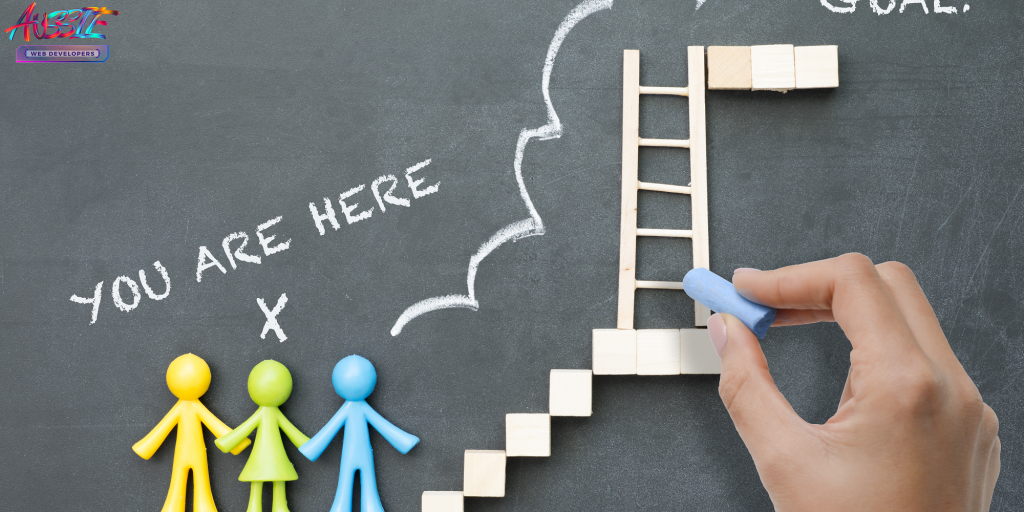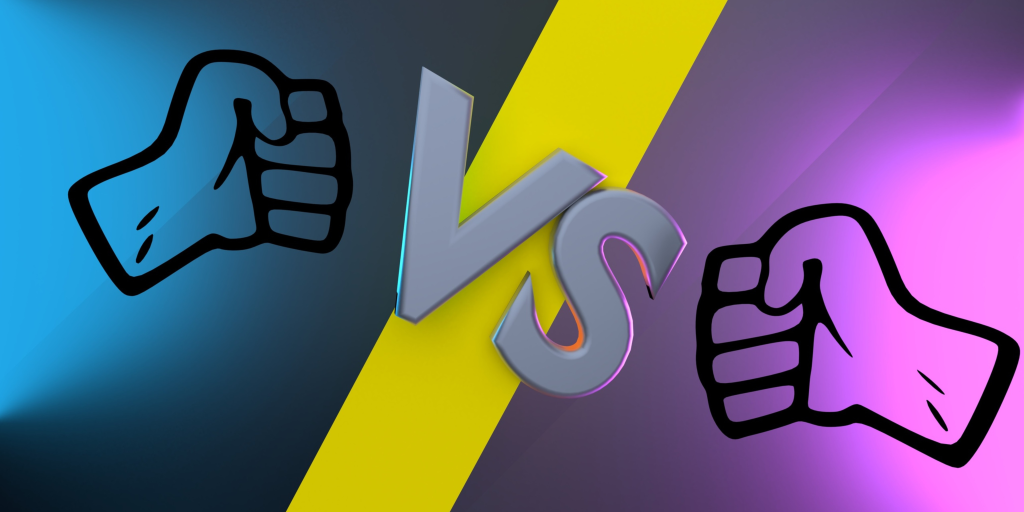Many companies and people have sought software development secrets. Be efficient and effective to stay ahead in the fast-paced digital environment. Agile and Lean Development are industry-changing approaches. Both boost productivity and customer satisfaction. What distinguishes them? Which suits your firm? Join us as we compare Lean and Agile and explore their pros and cons to determine which paradigm prevails in today’s competitive market! Bring your thinking caps as we enter this exciting journey to software development excellence!
What is the Lean Development Model?
Lean Development emulates lean manufacturing for efficiency and effectiveness. Effectiveness, evolution, and customer service are its priorities. Lean eliminates unnecessary steps to streamline processes.
This means reducing paperwork and approval delays in software development. We prioritize quick iterations and feedback loops to ensure on-time delivery of high-quality products.
Lean Development encourages cross-disciplinary collaboration and quick action. It creates an environment where everyone feels responsible for project success by fostering open communication.
Lean also promotes data-driven analytics to identify bottlenecks and other improvement possibilities. Teams can alter their processes in real-time to address customer feedback.
Lean Development helps firms optimize operations without losing sight of the customer. Stop searching: Lean software development prioritizes productivity and value.
What is the Agile Development Model?
Agile software development emphasizes flexibility, collaboration, and incremental progress. Agile projects are divided into sprints. Traditional waterfall models complete each development stage before moving on. These two- to four-week sprints allow cross-functional teams to produce important features.
Agile emphasizes adaptability. Agile teams adapt to user and partner feedback and improve their approaches. They can respond faster to market demands.
Agile requires close teamwork. Daily stand-up meetings, regular communication, and task sharing assist team members in achieving a goal. This encourages team members to exchange knowledge.
Agile emphasizes early and frequent software functionality. Developers may quickly acquire user input when they prioritize functionalities over documentation or thorough planning, which helps them uncover problems earlier.
The Agile Development Model improves customer satisfaction by delivering value-driven features early, project visibility through regular inspections, teamwork by self-organizing teams, risk by finding problems quickly, and product quality by testing constantly during development iterations.

The Differences Between Lean and Agile
The Lean Development Model and Agile Development Model are two popular software development methods with distinct properties. They both aim to boost productivity and consumer pleasure, but there are important differences.
Their origins matter. Lean manufacturing concepts, which reduce waste and increase customer value, influence the Lean Development Model. In contrast, the Agile Development Model was created to address software development adaptability.
Additionally, their planning and execution methods differ. Lean emphasizes pre-planning to reduce errors and rework. Linear procedure with successive tasks. However, agile promotes flexibility and reactivity throughout development. It breaks work into sprints for feedback and improvement.
Each model also communicates differently. Documentation and structured processes formalize communication in Lean development. Agile encourages daily stand-up meetings and scrum ceremonies for teamwork.
The frameworks also differ in risk management. In Lean development, risks are identified early to mitigate them before they become significant concerns later in the project. Change is inevitable, therefore agile identifies and mitigates risks during each iteration.
Both kinds have pros and cons. Lean’s upfront preparation can hinder progress if unexpected changes occur. Teams trying to achieve rigorous deadlines in an agile environment with shifting needs may struggle.
Pros and Cons of Lean and Agile
Lean Development Model:
Efficiency is a major benefit of Lean development. By reducing waste and streamlining processes, it helps organizations improve operations and deliver value faster. This method fosters teamwork and innovation by encouraging collaboration.
Lean requires discipline and dedication from all stakeholders, which may be a drawback. If they are hesitant to train staff and establish new processes, organizations may struggle to adopt this method.
Agile Development Model:
However, Agile development gives project execution flexibility. Iterative teams can quickly adapt to changing requirements or market conditions. This speeds delivery and improves corporate responses to customer feedback.
Agile can be tough to manage for scope creep and stakeholder communication. If not planned or managed, projects might become disorganized.
Which Model is Better?
Determining whether Lean or Agile Development is better is difficult. Each model has pros and cons, so choosing one depends on your scenario and project goals.
Lean Development optimizes efficiency and reduces waste. Streamlining development supports ongoing improvement. In time- or resource-constrained settings, this strategy allows quick iteration and frequent feedback loops.
However, Agile Development emphasizes adaptability and teamwork. It encourages agile strategy, incremental development, early delivery, and improvement. Complex initiatives that must quickly adapt to stakeholder needs and input benefit from this method.
Agile makes teams more flexible, whereas Lean standardizes and streamlines processes to boost production. Lean may not work for projects with definite deadlines, and Agile may struggle with unexpected changes or long-term planning.
Consider the project’s scope, team composition, customer needs, and business values before choosing Lean or Agile. Consider how each choice will affect your circumstances before choosing.

Conclusion
Each Lean and Agile Development Model has merits and cons. These differences must be understood to choose the right project approach.
Continuous improvement is important to the Lean Development Model waste minimization and value maximization. Process simplification cuts costs and steps. Projects that prioritize efficiency and resource optimisation can use our strategy.
In contrast, Agile Development emphasizes adaptability, teamwork, and flexibility. It flourishes in shifting conditions. Sprints help agile teams deliver working software and accept feedback.
Choosing between Lean and Agile is difficult. Project scope, team chemistry, client expectations, money, and schedule determine the choice.
Combining both concepts may help organizations. Agile lean process optimisation improves efficiency.
Software development must be fast and good. Lean, Agile, or both, you must constantly adjust your approach based on stakeholder feedback.
Before commencing a software development project, assess your needs—the right model could make or destroy you!





